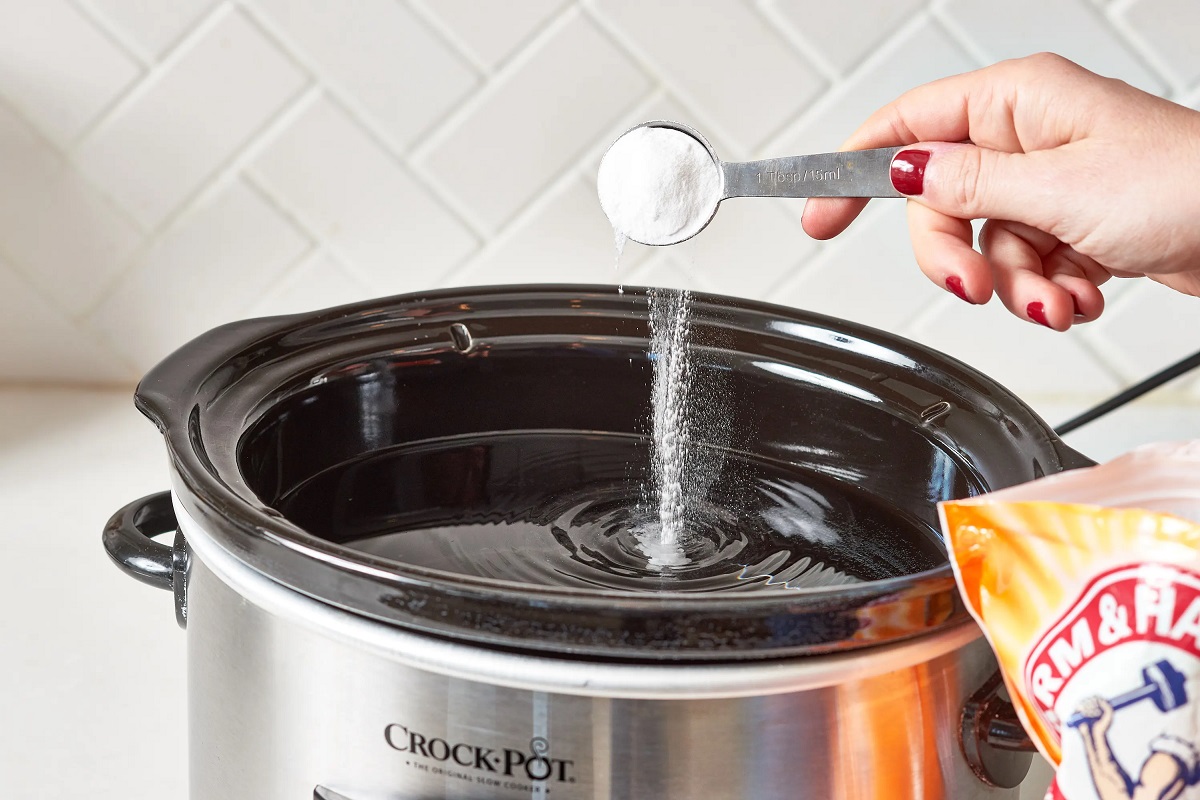

Articles
How To Clean A Slow Cooker
Modified: January 5, 2024
Learn the best techniques and tips to clean your slow cooker effectively. Read our informative articles for easy and hassle-free cleaning methods.
(Many of the links in this article redirect to a specific reviewed product. Your purchase of these products through affiliate links helps to generate commission for Storables.com, at no extra cost. Learn more)
Introduction
Having a slow cooker can be a real game-changer in the kitchen. It allows you to prepare delicious and flavorful meals with minimal effort, making it ideal for busy individuals or families. However, over time, your slow cooker may start to accumulate stains, odors, and grime, affecting its performance and overall cleanliness. Regular cleaning is essential to ensure the longevity and efficient functioning of your slow cooker.
In this article, we will guide you through the step-by-step process of cleaning a slow cooker effectively. With the right supplies and a little bit of time and effort, you can restore your slow cooker to its pristine condition and continue to enjoy convenient and delicious meals.
Key Takeaways:
- Keep your slow cooker in top condition by regularly cleaning and maintaining it. This ensures optimal performance, eliminates odors, and keeps your cooked meals tasting delicious every time.
- Gather the necessary supplies and follow the step-by-step cleaning process to restore your slow cooker to its pristine condition. Regular maintenance and proper cleaning will ensure its longevity and continued performance.
Gather the Supplies
Before you begin cleaning your slow cooker, it’s important to gather all the necessary supplies. Here’s a list of items you will need:
- Mild dish soap
- Baking soda
- Vinegar
- Soft sponge or cloth
- Toothbrush or small brush
- Warm water
Make sure to choose a mild dish soap that won’t damage the interior or exterior of your slow cooker. Baking soda and vinegar are natural cleaning agents that can help remove stubborn stains and odors. The soft sponge or cloth will be used to wipe down the surfaces, while the toothbrush or small brush will come in handy for scrubbing hard-to-reach areas.
Once you have gathered all these supplies, you are ready to move on to the next step of the cleaning process.
Remove and Wash the Removable Parts
The first step in cleaning your slow cooker is to remove and wash the removable parts. This typically includes the ceramic insert, lid, and any other removable components.
Start by unplugging your slow cooker and allowing it to cool down completely. Once cooled, carefully remove the ceramic insert from the base. If there are any food residues or leftovers, dispose of them in the trash or compost.
Next, wash the ceramic insert with warm soapy water. Use a mild dish soap and a soft sponge or cloth to scrub away any food particles or stains. Pay extra attention to any stubborn stains, using baking soda as a gentle abrasive if needed. Rinse the insert thoroughly with warm water to ensure all the soap residue is removed.
Proceed to clean the lid separately. Remove any detachable parts, such as the rubber gasket or vent, if applicable. Wash the lid with warm soapy water, paying close attention to any crevices or corners that may collect dirt or grime. Use a toothbrush or small brush to scrub away any residue. Rinse the lid thoroughly and dry it completely before reassembling.
Once you have washed all the removable parts, set them aside to air dry. It is important to ensure that all the components are completely dry before reassembling them and using the slow cooker again.
Scrub the Exterior
Now that you have cleaned the removable parts of your slow cooker, it’s time to tackle the exterior. Over time, the exterior of your slow cooker may accumulate grease, fingerprints, or spills that need to be wiped away.
Start by dampening a soft sponge or cloth with warm soapy water. Gently scrub the exterior surface of the slow cooker, paying special attention to any areas that appear dirty or stained. If there are stubborn stains or residue that is difficult to remove, sprinkle a small amount of baking soda onto the damp cloth and scrub the affected areas.
Be cautious not to scrub too vigorously, as it may damage the finish or decals on the slow cooker. For stainless steel exteriors, wipe in the direction of the grain to maintain its polished appearance.
After scrubbing the exterior, rinse the sponge or cloth with clean water and wipe away any soap residue from the surface of the slow cooker. Dry the exterior with a clean towel to prevent water spots or streaks.
If the exterior of your slow cooker has a glass or plastic window, use a glass cleaner or mild vinegar solution to remove any smudges or fingerprints. Apply the cleaner to a cloth or paper towel and wipe the window until it is clear and free from streaks.
Once you have thoroughly cleaned the exterior, your slow cooker will look sparkling clean and ready for use.
To clean a slow cooker, fill it with warm, soapy water and let it soak for 15-20 minutes. Then, scrub with a non-abrasive sponge or cloth to remove any stuck-on food. Rinse thoroughly and dry completely before storing.
Clean the Lid
The lid of your slow cooker plays a crucial role in trapping heat and moisture, allowing your meals to cook slowly and evenly. Over time, the lid can become dirty and develop stains or odors. Here’s how to clean it:
Start by removing any detachable parts of the lid, such as the rubber gasket or vent. These can be washed separately using warm soapy water, similar to the removable parts we cleaned earlier.
Next, examine the lid for any visible dirt or stains. Wipe the surface of the lid with a damp cloth or sponge to remove any loose debris. For stubborn stains or residue, you can use a mixture of equal parts vinegar and water. Apply the solution to a cloth or sponge and gently scrub the stained areas.
If your slow cooker lid has a glass or plastic window, be sure to clean it thoroughly. Use a glass cleaner or a mild vinegar solution to remove any smudges or fingerprints. Spray the cleaner onto a cloth or paper towel, and wipe the window until it is clear and free from streaks.
After cleaning the lid, rinse it with clean water to remove any remaining residue or cleaning solution. Dry the lid completely with a clean towel before reassembling it with the rest of the slow cooker.
Remember, a clean lid is essential for maintaining the integrity and functionality of your slow cooker, so make sure to give it the attention it deserves.
Read more: How To Cook In Slow Cooker
Remove Stains and Odors
Over time, your slow cooker may develop stubborn stains or lingering odors. Here are some effective methods for removing them:
Baking Soda Paste: Create a paste by mixing baking soda with water. Apply the paste to the stained areas of the slow cooker and let it sit for about 30 minutes. Then, scrub the stains using a soft sponge or cloth. Rinse thoroughly with warm water to remove any residue.
Vinegar Soak: Fill the slow cooker with a mixture of equal parts vinegar and water, until the stained areas are submerged. Let it sit for a few hours or overnight. Then, drain the solution and scrub the stains using a soft sponge or brush. Rinse the slow cooker thoroughly with warm water.
Lemon Juice: Slice a lemon in half and squeeze the juice into the slow cooker. Fill it with water until the stains are submerged. Turn on the slow cooker to the lowest setting and let it simmer for about an hour. Then, discard the lemon water and scrub away any remaining stains using a soft sponge or brush.
Dish Soap and Warm Water: For general cleaning and odor removal, mix mild dish soap with warm water in the slow cooker. Use a sponge or cloth to scrub the surfaces, paying extra attention to any areas with stains or odors. Rinse the slow cooker thoroughly with warm water to ensure all the soap residue is removed.
These methods are effective for removing stains and odors from the interior of your slow cooker. Choose the method that works best for your specific situation and always rinse the slow cooker thoroughly after cleaning to prevent any lingering tastes or smells.
Reassemble and Test
Now that you have thoroughly cleaned all the individual components of your slow cooker, it’s time to reassemble them and ensure everything is in working order before your next use.
Start by drying all the cleaned parts completely. Make sure the ceramic insert, lid, and any detachable components are free from any moisture or water. Dampness can lead to mold or mildew growth and affect the performance of your slow cooker.
Once dry, carefully reinsert the ceramic insert into the base of the slow cooker. Ensure it sits securely and fits properly. Replace any detachable parts on the lid, such as the rubber gasket or vent, in their correct positions.
After reassembly, plug in your slow cooker and perform a quick test. Set it on a low heat setting and let it run for a few minutes. This will help ensure that all the components are functioning properly and there are no issues or leaks.
Observe the operation of the slow cooker, checking for any unusual sounds, smells, or malfunctions. If everything seems to be in order, you can proceed with using your slow cooker as usual.
Remember to always follow the manufacturer’s instructions and guidelines when using your slow cooker. Regular maintenance and proper cleaning will ensure its longevity and continued performance.
Conclusion
Cleaning your slow cooker is an essential part of its maintenance to ensure optimal performance and longevity. By following the step-by-step process outlined in this article, you can easily clean and maintain your slow cooker in a few simple steps.
Gathering the necessary supplies, removing and washing the removable parts, scrubbing the exterior, cleaning the lid, and removing stains and odors are all important aspects of keeping your slow cooker in pristine condition.
Regular cleaning not only helps to remove any built-up grime or stains but also eliminates any lingering odors that may affect the taste of your cooked meals. A clean and fresh slow cooker ensures that your food will taste delicious every time.
Remember to always follow the manufacturer’s instructions for cleaning and maintenance. Additionally, it’s important to unplug your slow cooker and allow it to cool down before cleaning to ensure safety.
By taking the time to clean your slow cooker regularly, you can continue to enjoy the convenience and delicious meals that it provides. So, roll up your sleeves, gather your supplies, and give your slow cooker the love and care it deserves.
Frequently Asked Questions about How To Clean A Slow Cooker
Was this page helpful?
At Storables.com, we guarantee accurate and reliable information. Our content, validated by Expert Board Contributors, is crafted following stringent Editorial Policies. We're committed to providing you with well-researched, expert-backed insights for all your informational needs.
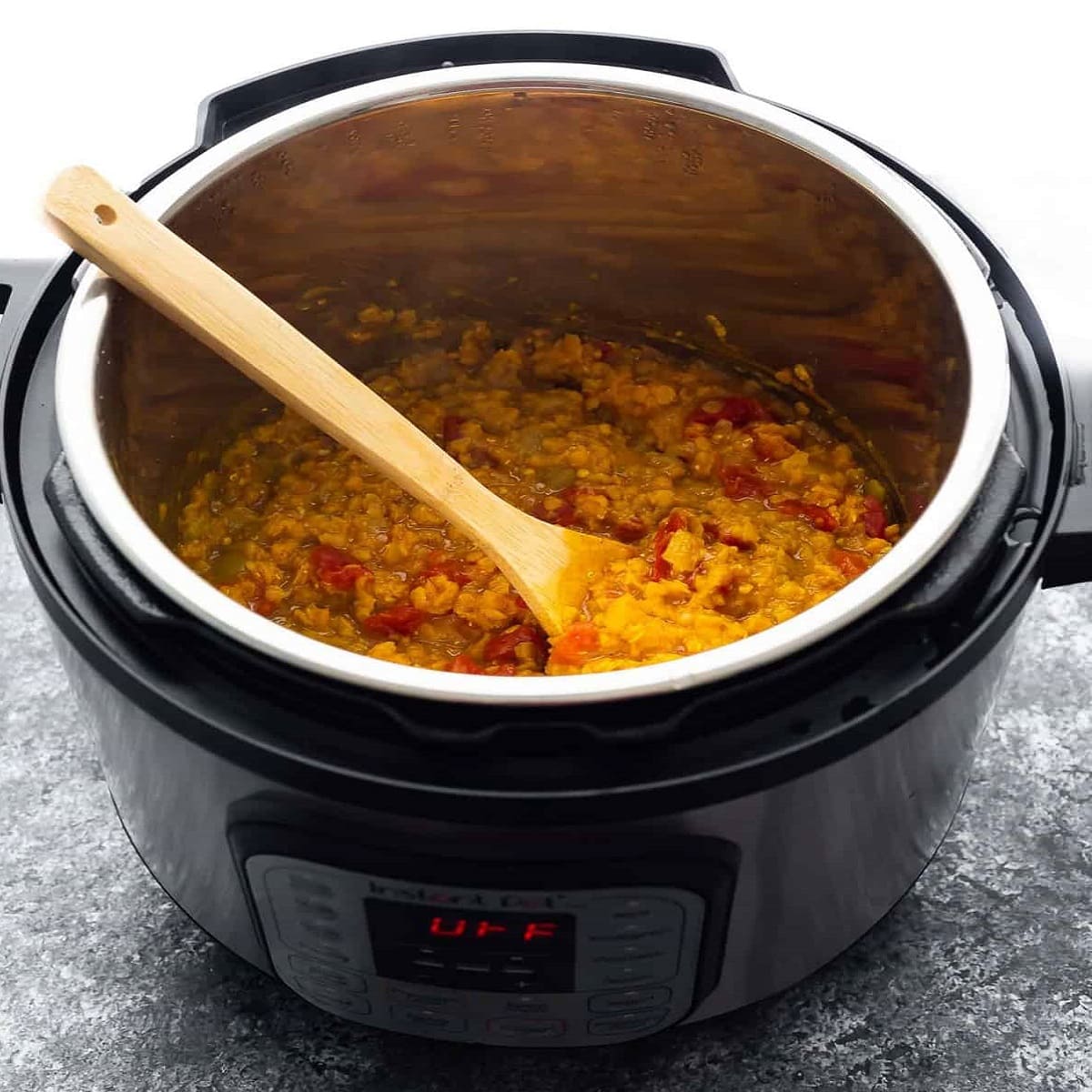
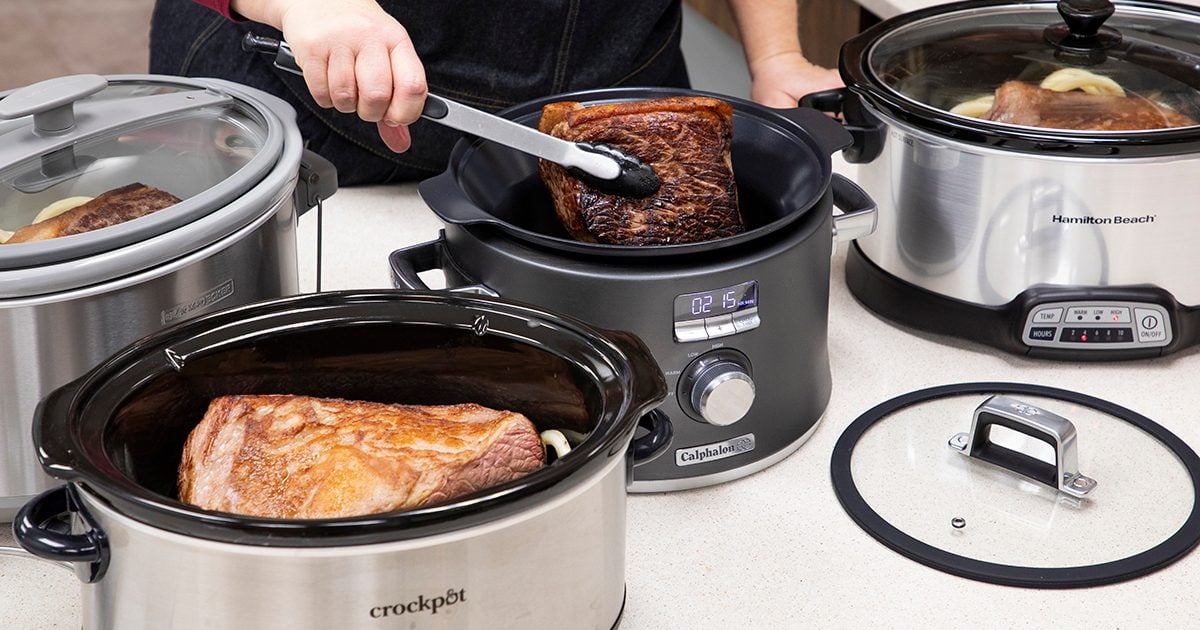
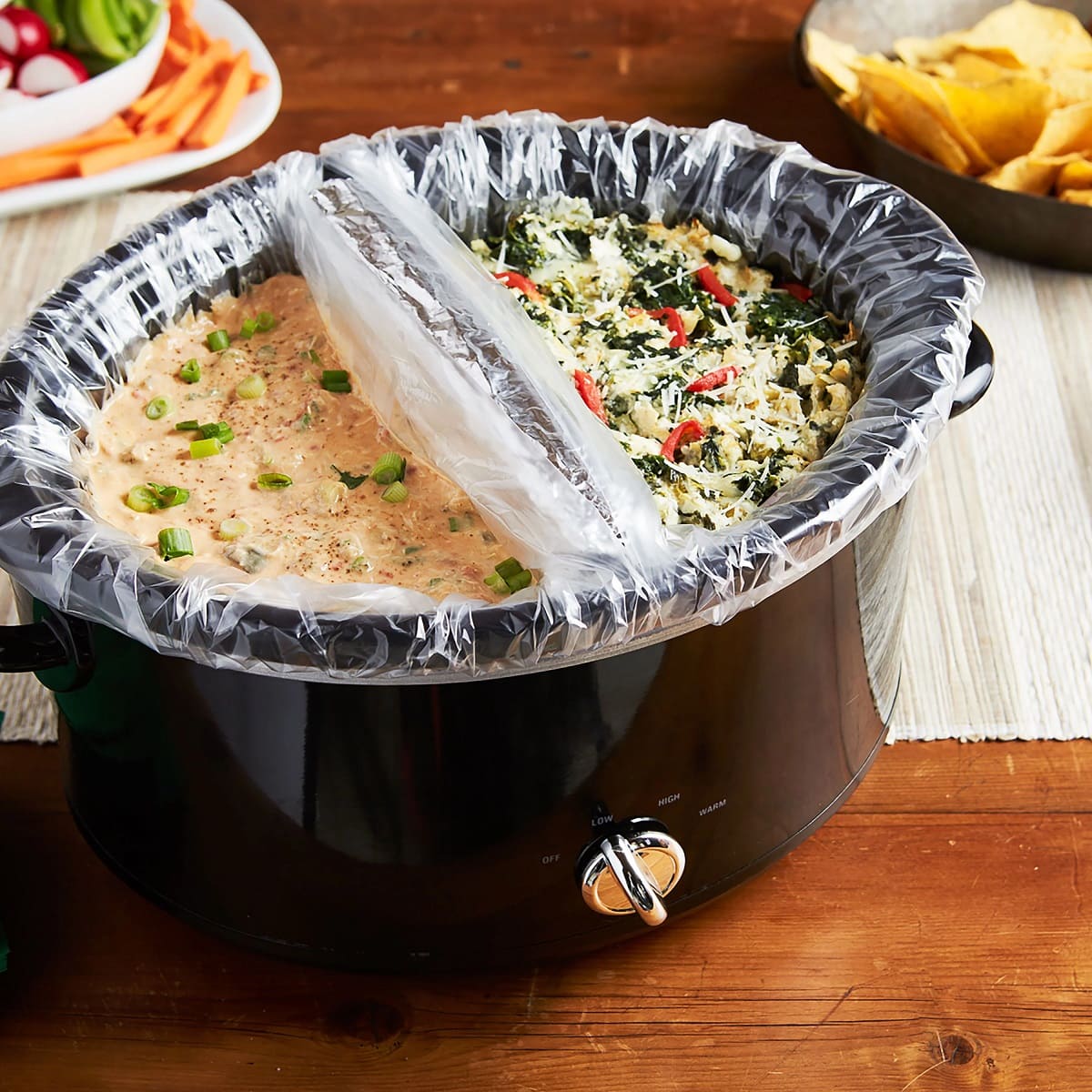
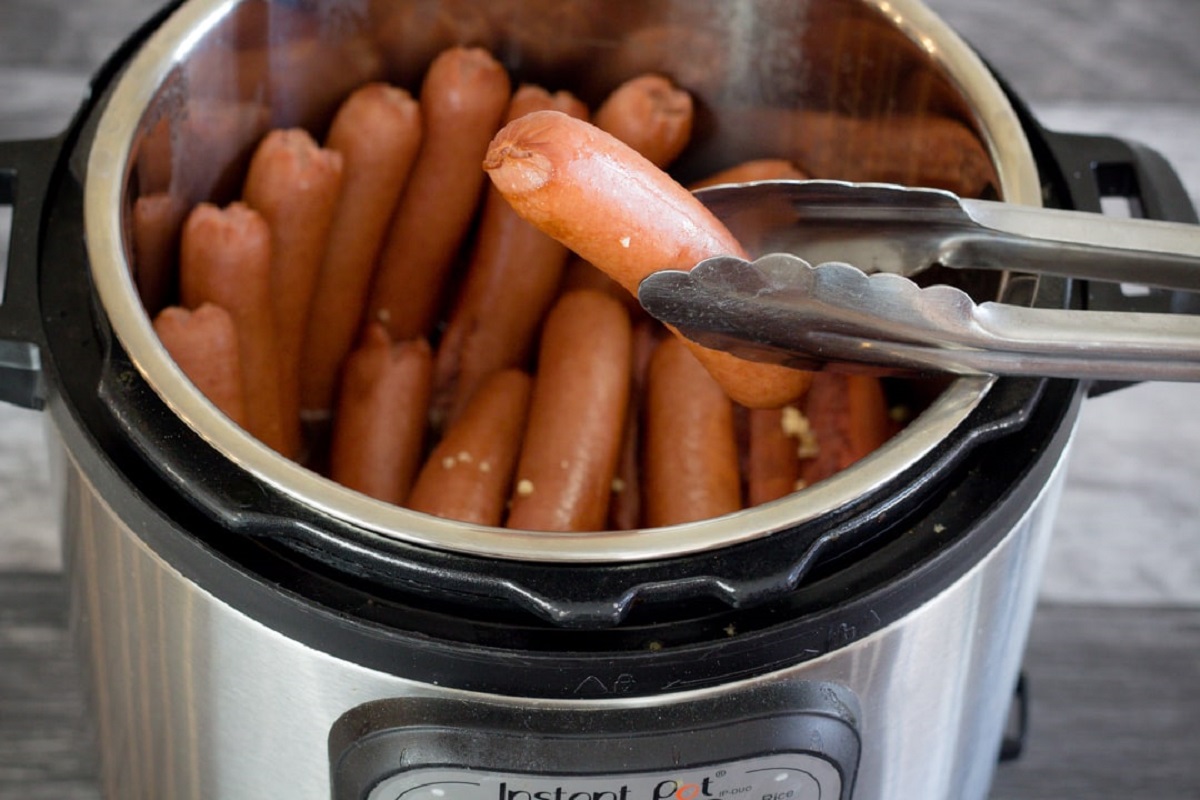
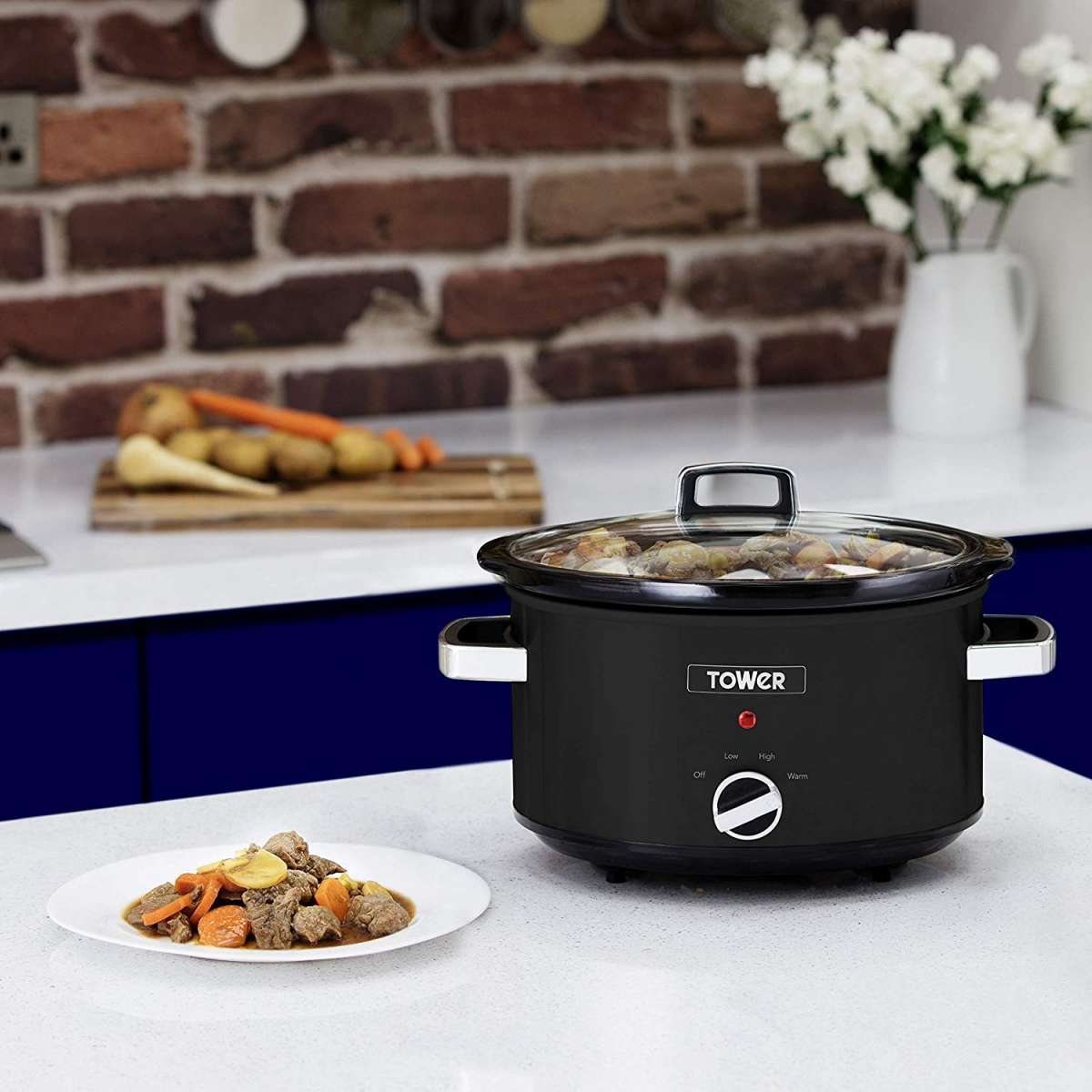
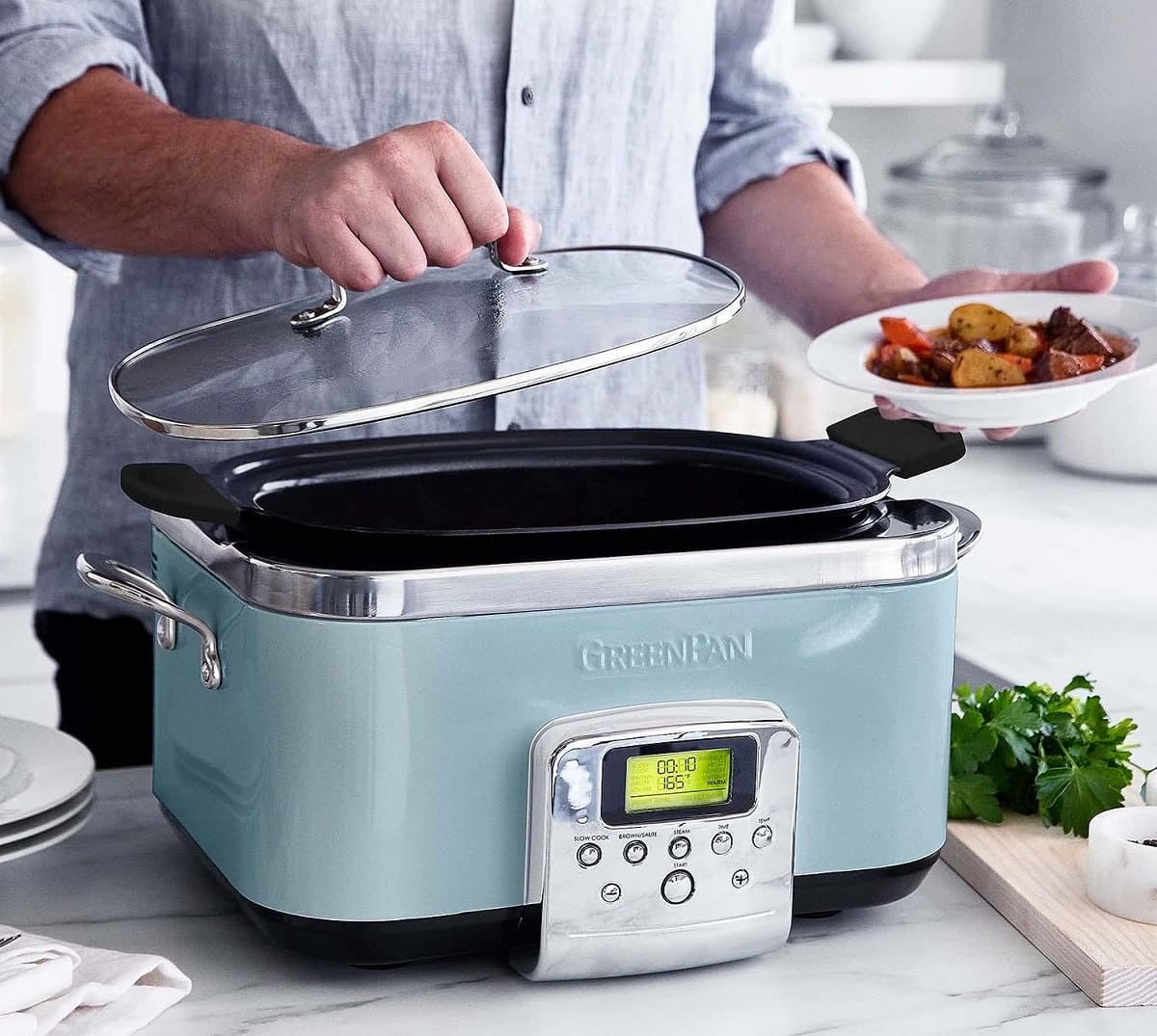
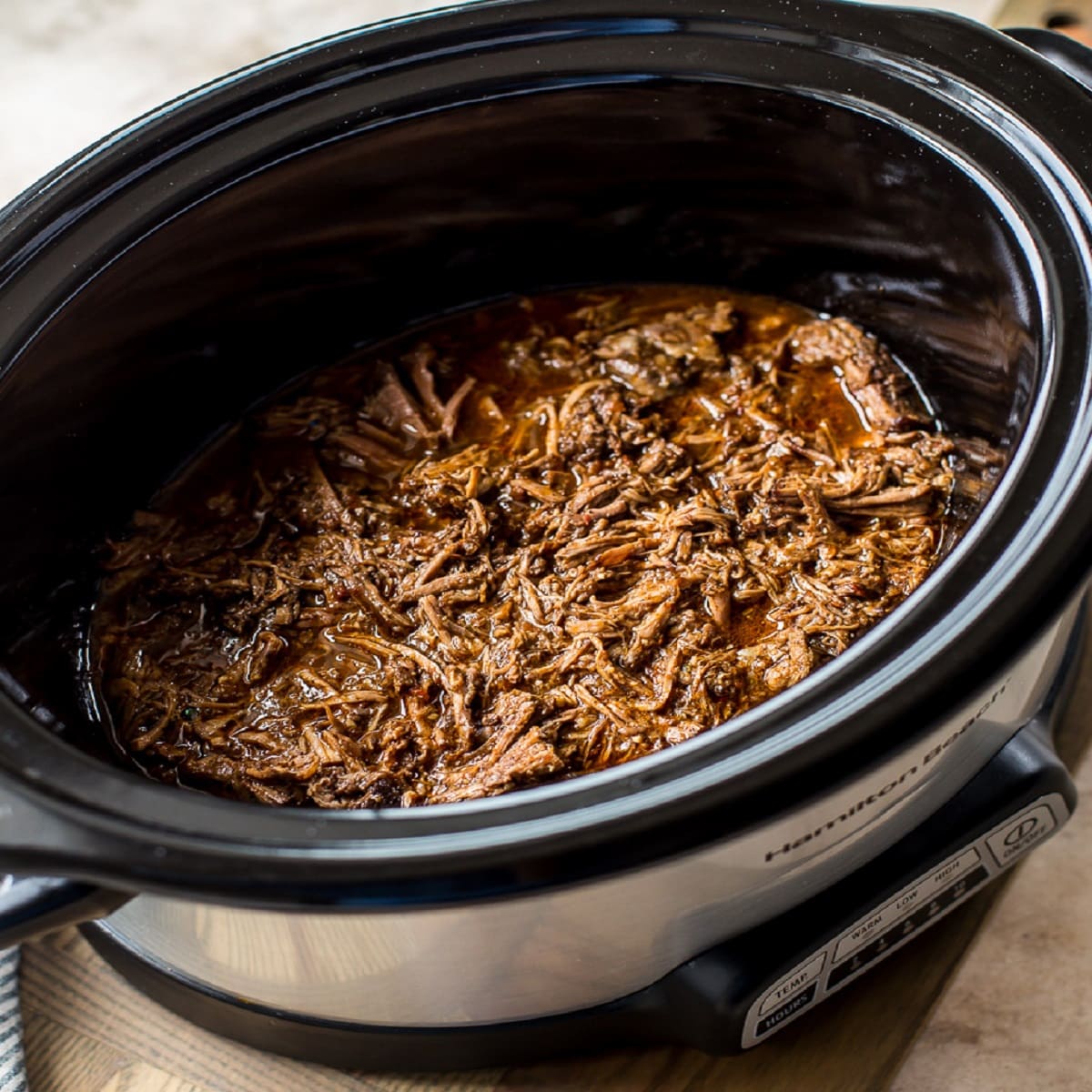
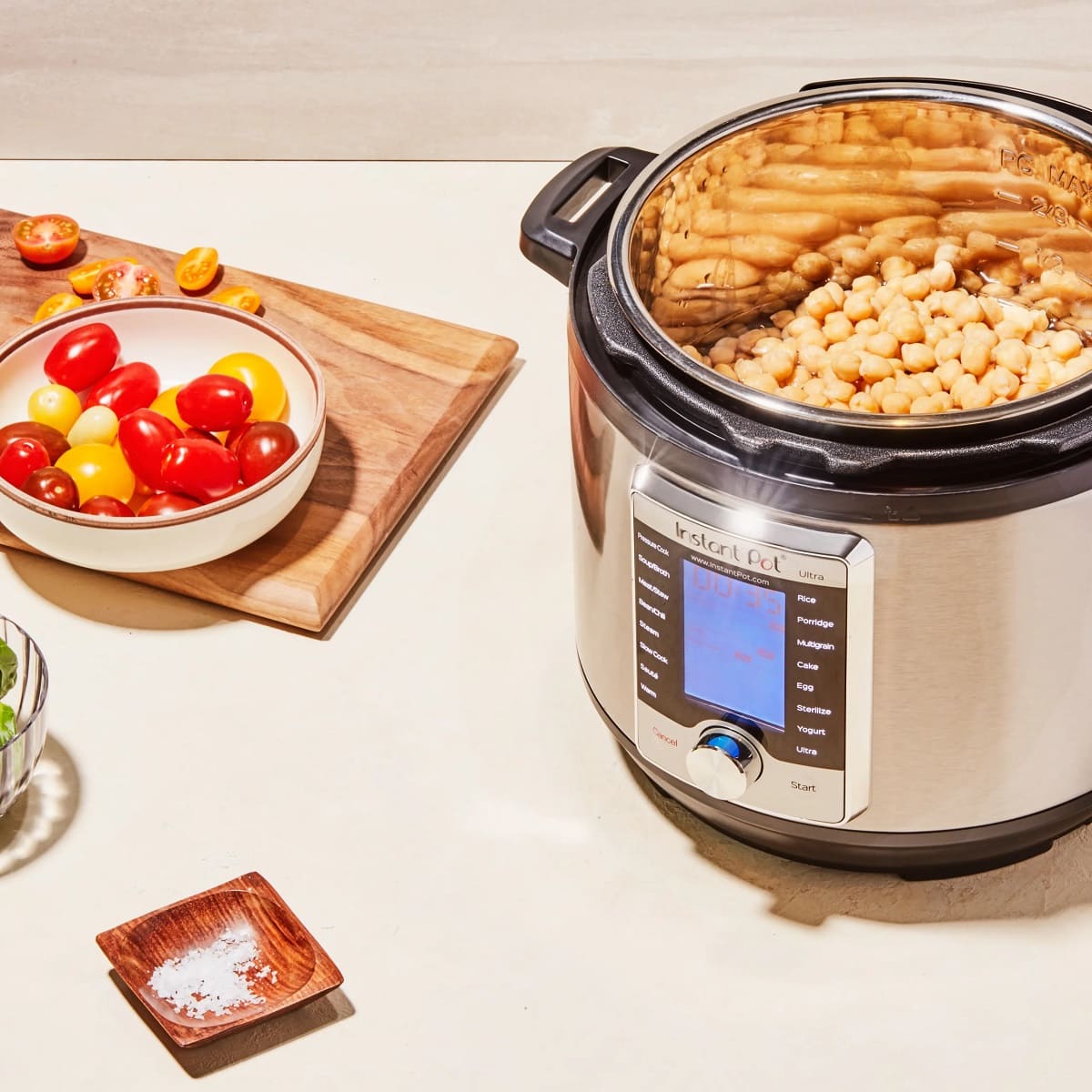
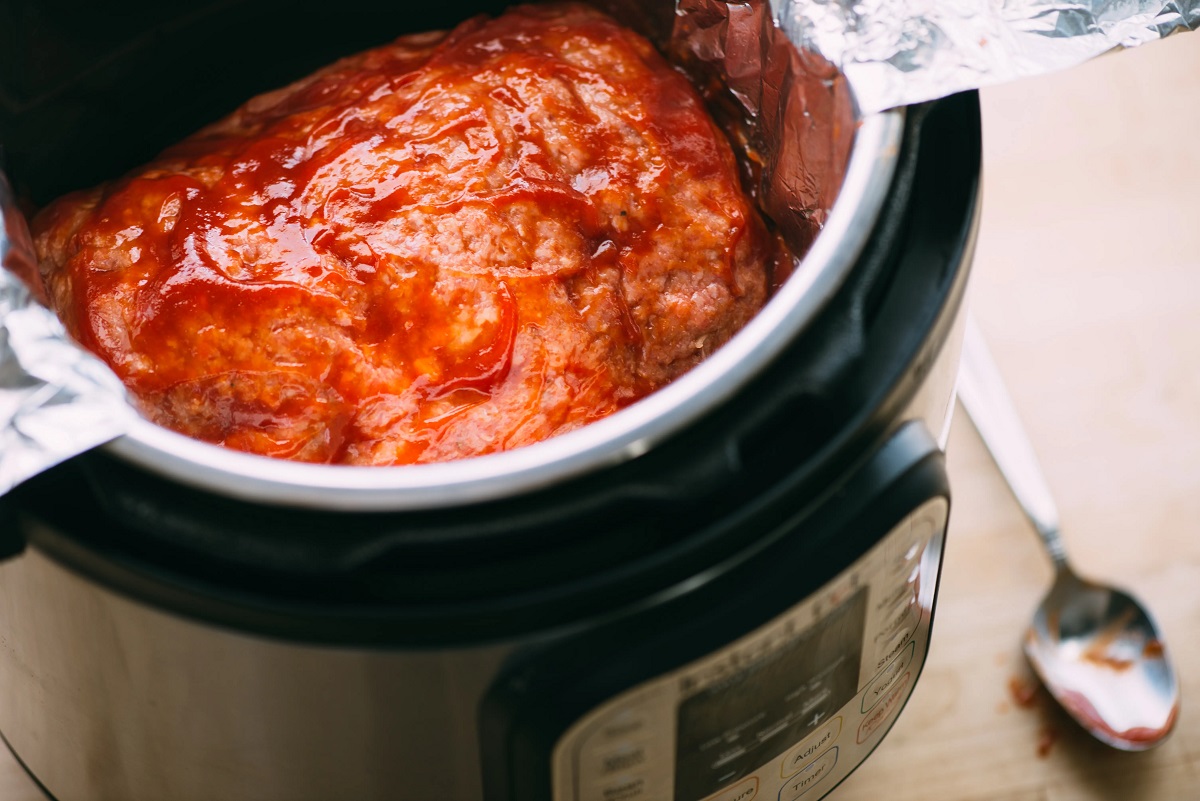

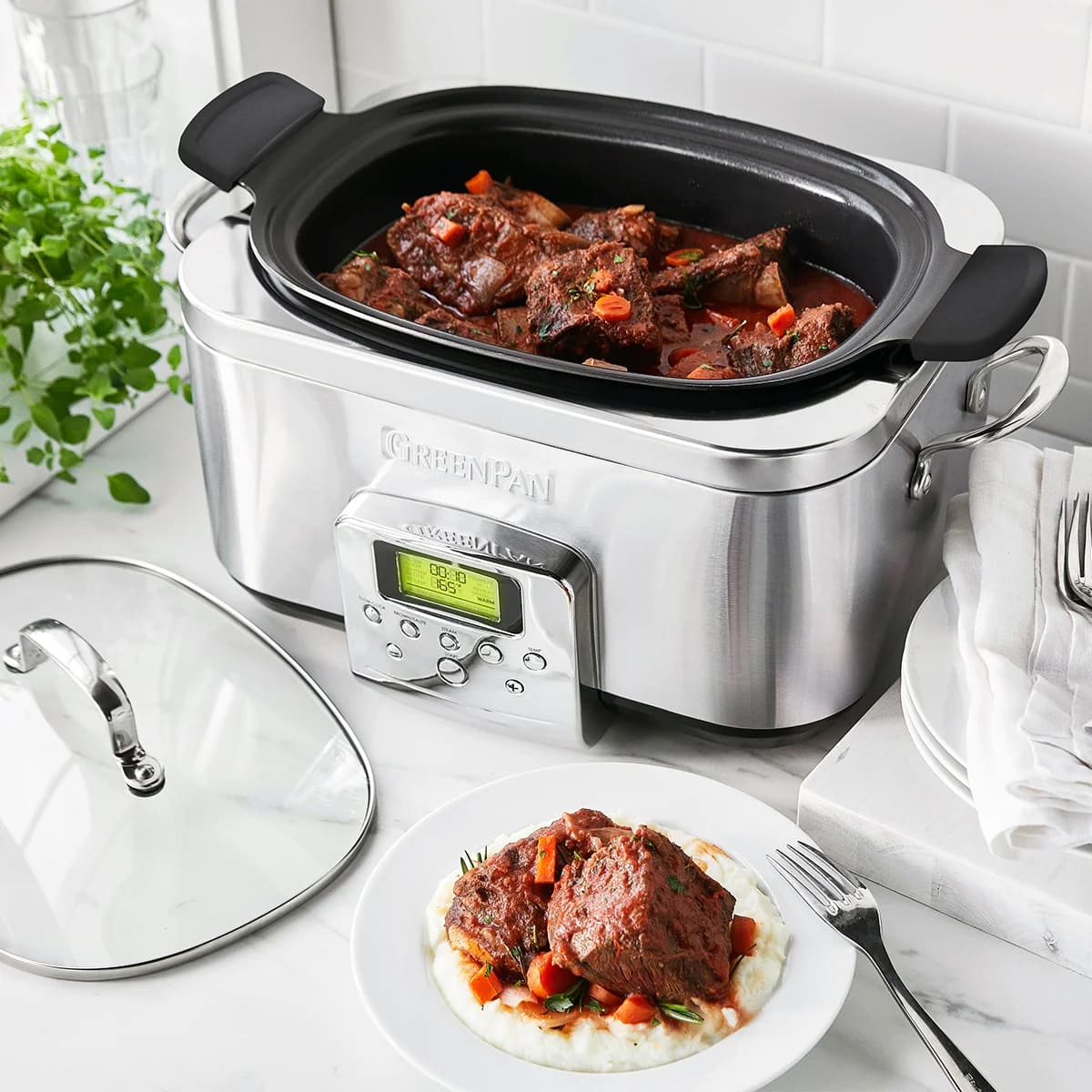
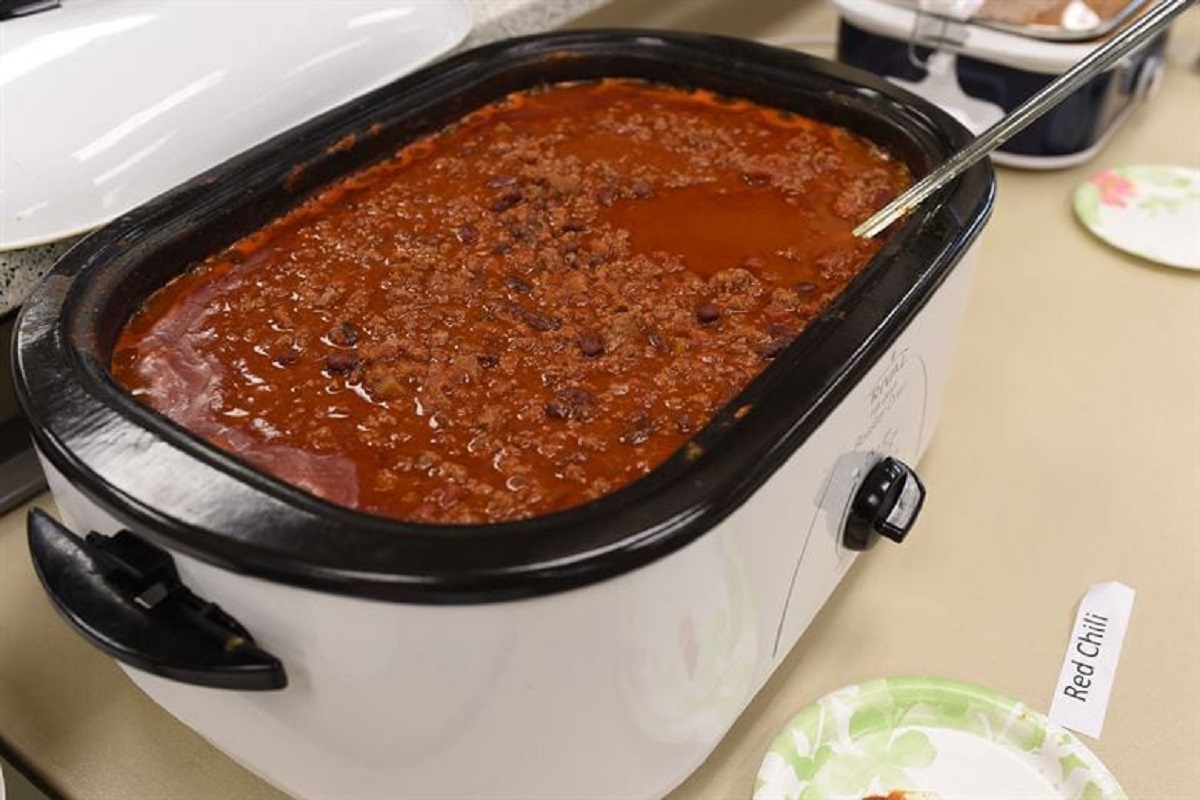
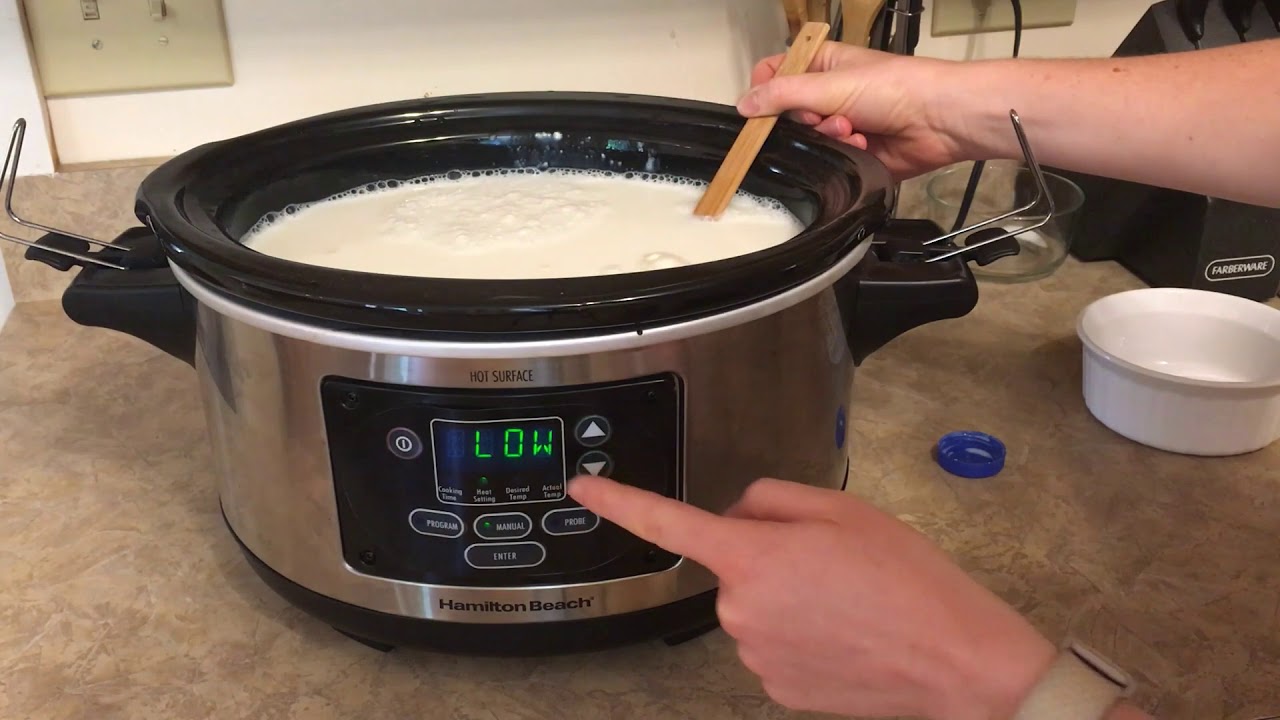
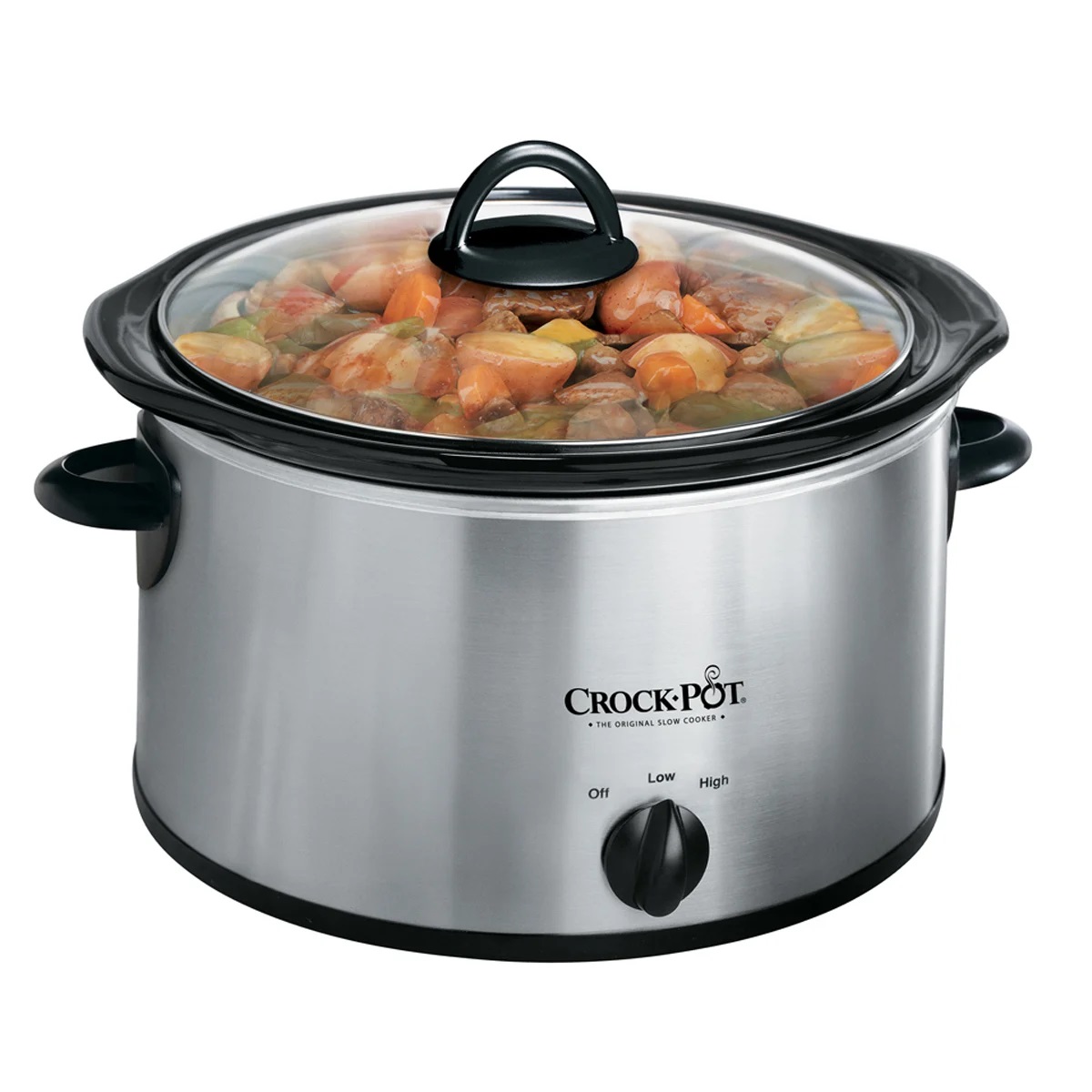

0 thoughts on “How To Clean A Slow Cooker”